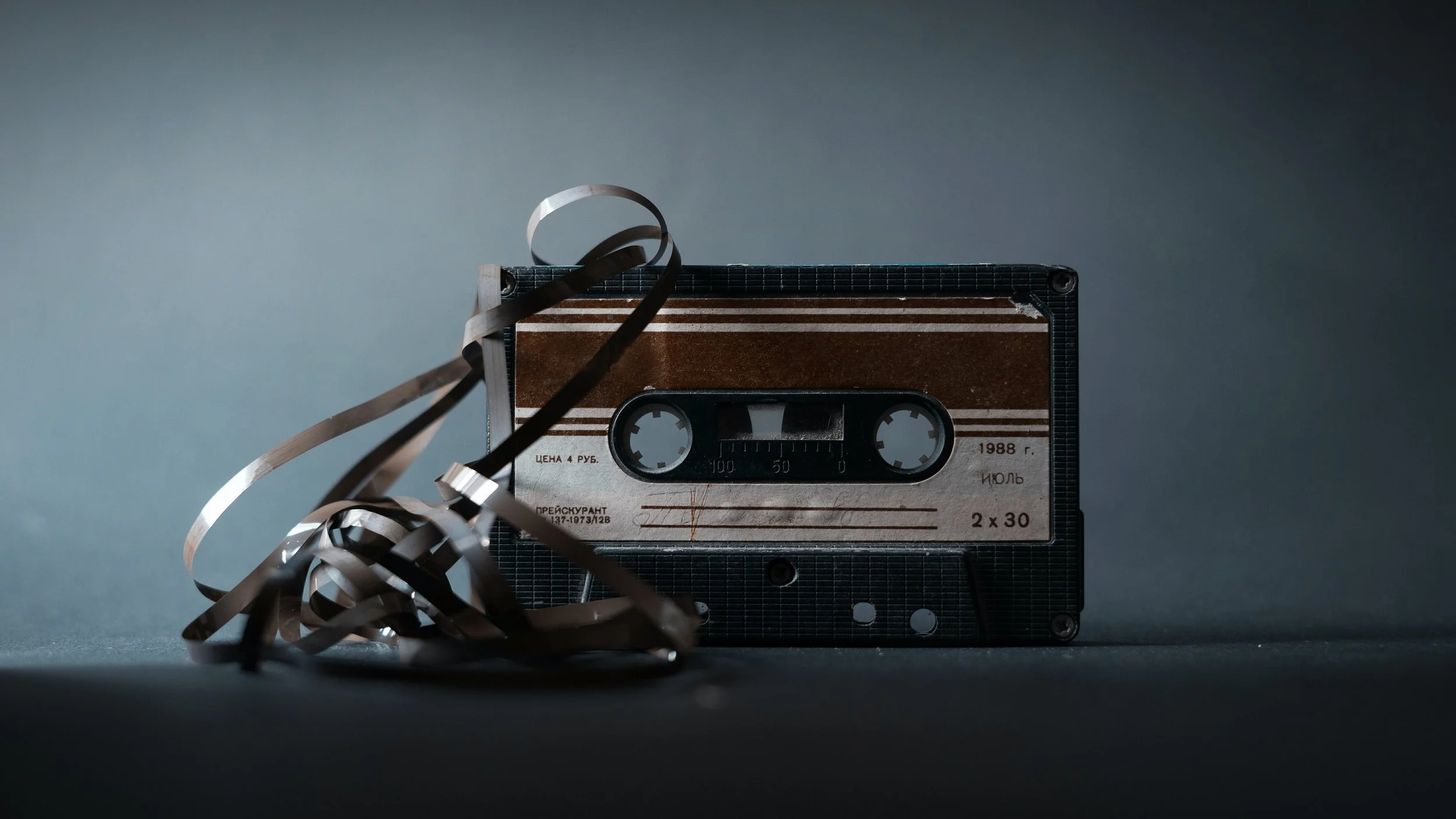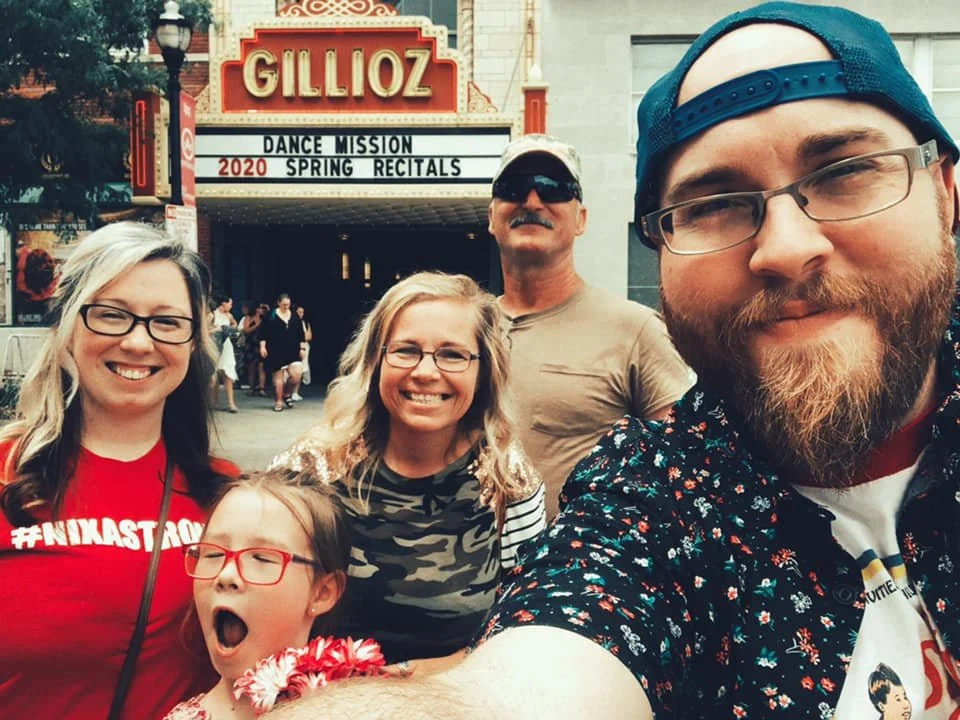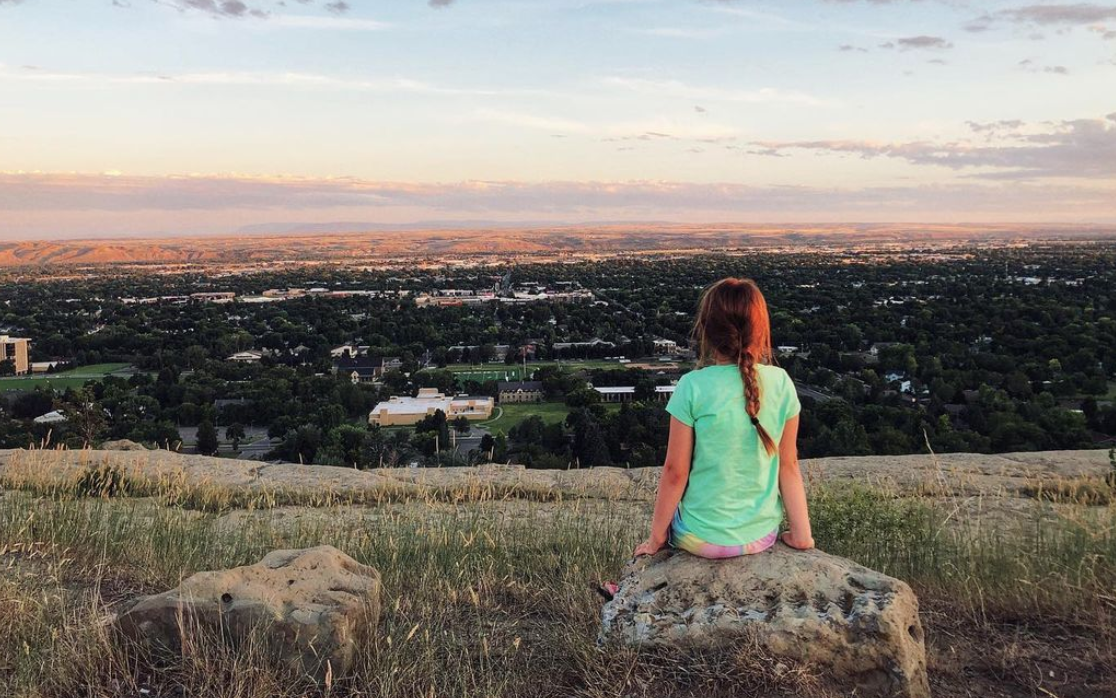The Ghosts in The Machine
- What We Leave Behind as Photographers
How's everyone's New Year going?
Well, I hope.
I hadn't set any resolutions for myself this year, which I actually think was a mistake, so I sat down and made a few for myself to give my year a bit of direction. I won't bore you with them here because who really cares, but they mostly have to do with spending more time reading and writing and far less time on social media.
Concrete goals, I think.
Today is a snow day.
My oldest daughter is out of school and is playing outside in the first snow of the year while my wife is lying with the baby, and I putter around cleaning the house and making breakfast. While I clean, I often listen to a podcast or audiobook, and today's listening was the latest episode of This American Life.
It's been a few years since I checked in with This American Life (a public radio show whose podcast version has always been one of my all-time favorite stops for great storytelling), but this morning, I found myself listening to their latest episode titled: The Ghost in The Machine.
This American Life is broken up into distinct acts telling different stories centered around a common theme for those who don't know. The Ghost in the Machine focuses on how people use technology to rediscover those they've lost.
The stories range from a woman who lost her father when she was only three months old and never knew what she had lost until she discovered some old recordings he left behind to the story of the story of the painting which was the inspiration behind the RCA logo.
You know the one. It's of a dog, named Nipper, listening to a phonograph.
His Master’s Voice by Francis Barraud
It's actually a fascinating story.
Apparently, Nipper belonged to the painter's brother, who was recently deceased—and the painting supposedly depicts the dog sitting on his owner's coffin, listening to his recently dead best friend's voice playing through the phonograph.
Hence the painting's name: His Master's Voice.
Interesting, huh?
All of the stories are captivating and worth your time, but the intro to the show has stuck with me the most.
In the show's prologue, This American Life host Ira Glass harkens back to his beginning days in Radio and how his mentor taught him something about audio recordings, which has stuck with him for decades:
"OK, if you picture a sound meter with a needle that bounces up and down every time there's a sound, the tone is supposed to put the needle perfectly at this one spot on the meter where the black numbers end and the red part of the meter begins. There's a zero at that spot, marking, this is where you want to be. And the tone is just supposed to rest there, rock-solid… watch the meter as the needle first dipped below the zero, then climbed above the zero, and then floated sort of tentatively to the spot that it was supposed to be at the zero and rested there. And Keith said to me, you see that? That's a person in there. That's the hand of the engineer, whoever recorded this, trying to find the right level. That's the ghost in the machine."
Later in the episode, Ira points out how these little ghosts are inevitable and always present whenever someone records something. Little pieces of the engineer or audio recorder left behind, forever like mosquitoes in amber just waiting for a billionaire to rediscover and bring them to life for the entertainment of the drooling masses.
This left my brain reeling.
Audio pun intended.
What other Ghosts in the Machines are there? What pieces of myself have I created unknowingly just by merely creating art? What ghosts will I leave behind?
I am a photographer and videographer.
In some form or fashion, I have been documenting my life and my children's lives, with a camera for the better part of a decade, to the chagrin of my extended family, I am sure.
I'm always the ass hole at the family gathering with the camera.
From left to right: Wife, Daughter, Mom, Stepdad, Me.
My wife often tells me I need to take more pictures of myself or be in more family pictures for our daughters. But, I have always been happiest on the taking side of a camera instead of the being taken side of said camera.
Hey, I am a big guy with many insecurities, so I don't like having my image taken. What can I say? It's embarrassing but the truth.
However, as a parent of two young girls, I can't help but somewhat agree with my wife.
Whenever I lost my father in 2016, I spent months going over every little picture and video I had of him. It was as if I thought some undiscovered gem would fall into my lap, or I would see some old photo in a new light, and it would give the pain of the loss some more significant meaning or make it go away altogether.
From left to right: Me, Dad, Mom, Older Brother. Circa 1989 or 1990.
I did find a few lost gems—see image above—however, it didn’t make the pain go away.
I was happy I had the few videos and pictures of my father because it did help with the mourning of my father. Though I always wish there were more photos of him. Maybe my wife is right, and I should take more family photos.
Tuck in the shirt. Suck in this gut. Smile for the camera.
My wife and daughter on a beach in Oregon.
Another way to look at it (and I hadn't seen it this way until The Ghost in the Machine episode of This American Life) is, I am very much present even in the photos I am not physically in. I am always on the other side, just out of view, deciding where to point the camera and what images to take. My metaphorical, and in some cases, literal, fingerprints are on every single picture.
A little ghost of myself is present in every decision in every image I have ever taken, and those will always be there for my daughters to discover when I am long gone.
my daughter, somewhere in Montana.
I know this won't be a strong enough argument to convince my wife I needn't take more family photos. So, excuse me, I have to go find a shirt that doesn't fit in a manner which makes me want to walk into traffic.
So, excuse me while I tuck in this shirt, suck in this gut, and smile for the camera.
For my girl's sake.
Final Thoughts:
I know this won't be a big revelation to most, but seriously, if you haven't listened to This American Life, do it. They have so many great episodes it's impossible to list them all. Throw RadioLab into your listening rotation as well. They're both shows I find myself going back to when I want to replenish my creativity well.
listen to the full episode of This American Life here:
https://www.thisamericanlife.org/757/the-ghost-in-the-machine








